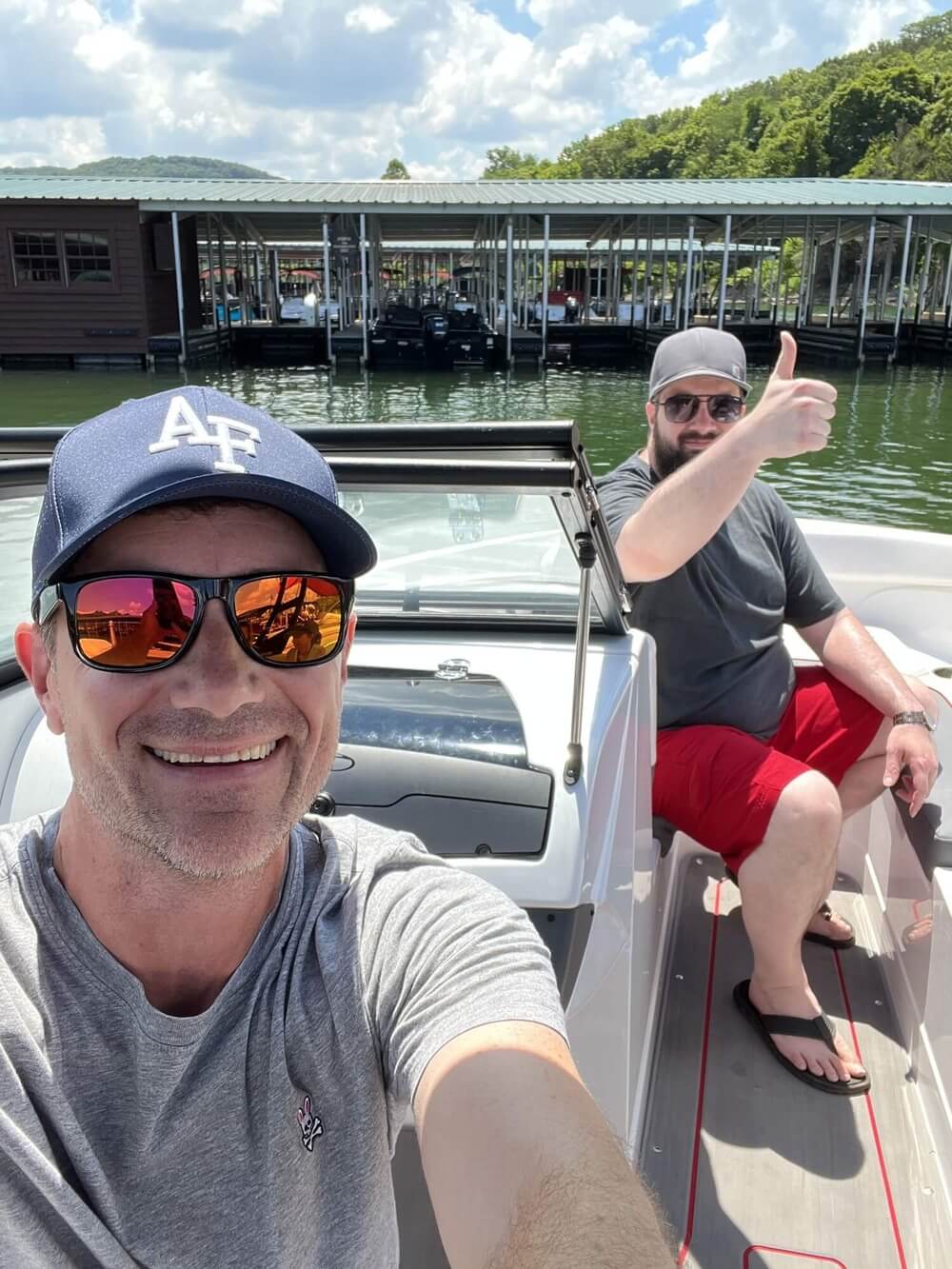For More Free Videos, Subscribe to the Rhodes Brothers YouTube Channel.
“Luxury is the ease of a t-shirt in a very expensive dress.” – Karl Lagerfeld
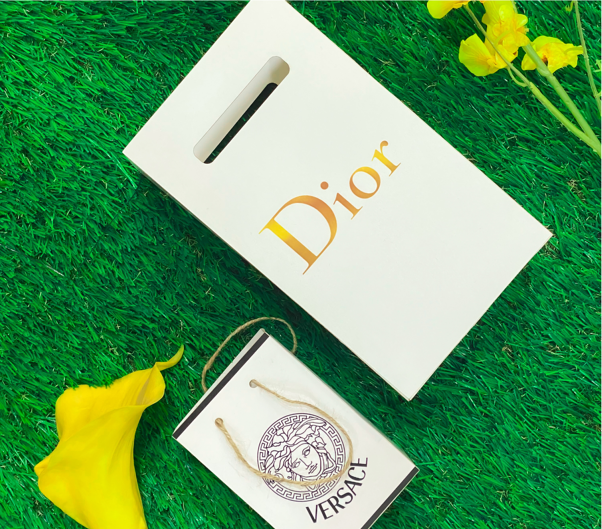
Luxury brands captivate us in ways that go beyond their price tags. They’re not just about owning a product; they’re about the feelings, status, and stories tied to them. From designer handbags to exclusive memberships, people spend exorbitant amounts to indulge in luxury—and the reasons why may surprise you.
According to John S. Rhodes of the Rhodes Brothers, “Perception beats reality when it comes to luxury goods.” This simple truth underpins much of the psychology behind these purchases. People aren’t just buying products; they’re buying experiences, identities, and the dopamine rush that comes with them.
In this article, we’ll explore the psychology that drives luxury purchases, actionable strategies for those entering the luxury market, tools to better understand consumer behavior, and common pitfalls to avoid. Whether you’re fascinated by the allure of high-end brands or looking to build your luxury business, this guide is for you.
TL;DR
Here’s a quick overview of what you’ll learn in this post:
- Why people buy luxury brands: From dopamine surges to a craving for status and belonging, the psychology behind these purchases is complex and fascinating.
- Practical strategies for entering the luxury market: Understand your audience, create exclusivity, and tell a powerful brand story to thrive in this space.
- Common mistakes to avoid: Don’t overestimate the importance of price alone—luxury is about perceived value, not just cost.
- Actionable tips for leveraging luxury brand psychology: Learn how to appeal to emotions, build community, and create lasting value.
Keep reading to dive deeper into these strategies and unlock the secrets of the luxury world.
The Psychology of Luxury Purchases
Luxury purchases aren’t just about owning expensive items—they’re deeply rooted in human emotions, desires, and social behavior. From the thrill of a dopamine rush to the need for status and belonging, these purchases satisfy both internal and external motivations. Luxury brands masterfully appeal to our sense of identity, accomplishment, and exclusivity, making their products far more than just material goods.
As John S. Rhodes puts it, “Luxury is about perception, not reality.” This highlights a key truth: people buy luxury not just for what it is, but for what it represents. Whether it’s signaling wealth, joining an elite group, or indulging in the collector’s mindset, the psychology behind luxury buying is a fascinating blend of emotions and aspirations.
Dopamine: The Feel-Good Factor
One of the most powerful drivers of luxury purchases is dopamine, a chemical in the brain associated with pleasure and reward. When someone buys a luxury item, they experience a surge of excitement and satisfaction.
John S. Rhodes explains it best: “When we buy something new and it’s something we want, we feel good.” This is why people are willing to spend thousands on designer products—they’re chasing that dopamine rush.
But here’s the catch: that feeling doesn’t last forever. Over time, the novelty wears off, and some buyers may even experience buyer’s remorse. To combat this, luxury brands use marketing strategies that keep customers coming back for more, such as:
- Exclusive product drops: Limited-edition releases create urgency and excitement, much like how Supreme’s “drop culture” has driven up demand.
- Storytelling: Brands like Gucci and Louis Vuitton tie their products to aspirational lifestyles, making purchases feel more meaningful.
- Personalization: Offering custom options or VIP experiences enhances the emotional connection buyers feel toward the brand.
Tools to Leverage Dopamine in Marketing:
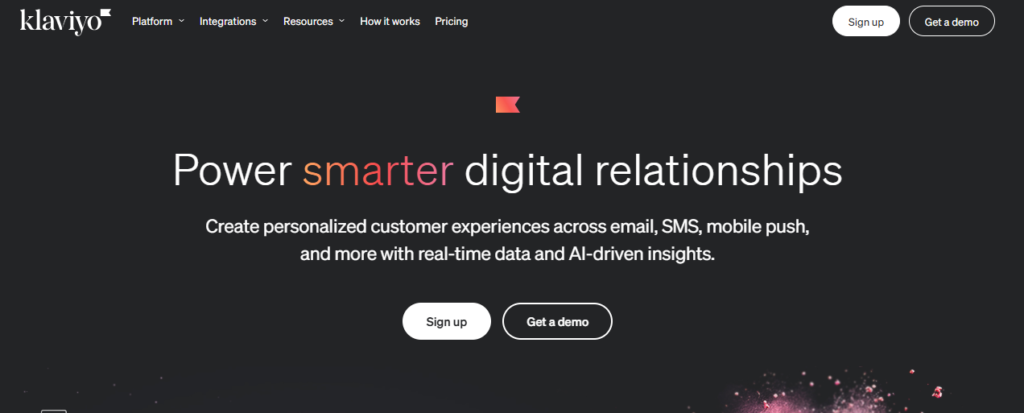
- Klaviyo: Use email marketing to create hype around new products.
- Canva: Design visually stunning campaigns that evoke emotion.
- Hotjar: Understand customer behavior on your website to optimize the dopamine-inducing shopping experience.
Status and Identity
Luxury products aren’t just functional; they’re symbols of status and identity. People often buy high-end items to signal wealth, success, or belonging to an elite group.
This is known as peacocking, where individuals use their purchases to stand out and assert dominance. As Rhodes puts it, “People crave attention and are willing to pay for it.”
But it’s not just about standing out—it’s also about fitting in. Luxury buyers often look to:
- Identify with a group: Joining exclusive clubs or owning products that signify membership in a wealthy elite.
- Feel superior: Outspending others creates a sense of accomplishment.
Actionable Tip: Build a Brand Identity
If you’re in the luxury market, focus on creating a brand that aligns with your audience’s aspirations. For instance:
- Highlight exclusivity by limiting availability.
- Collaborate with influencers who embody your brand’s values.
- Focus on creating visual content that reflects an aspirational lifestyle.
Example: Rolex
Rolex watches are designed as both a timepiece and a symbol of success. Their strategic marketing emphasizes milestones, achievements, and timeless elegance, making them objects of desire for those who crave status.
Mastery Through Materialism
Many luxury buyers are driven by a desire to control their external environment. Purchasing expensive items can make them feel powerful, accomplished, and in control of their lives.
Rhodes describes this as “Mastery through materialism.” Buyers may rationalize their purchases by believing that owning luxury goods reflects their success or ability to conquer life’s challenges.
To capitalize on this psychology, brands should:
- Emphasize the craftsmanship and quality of their products.
- Share behind-the-scenes content to highlight the effort and expertise that go into creating each item.
- Use storytelling to show how owning your product represents mastery or accomplishment.
Tools for Storytelling and Marketing:
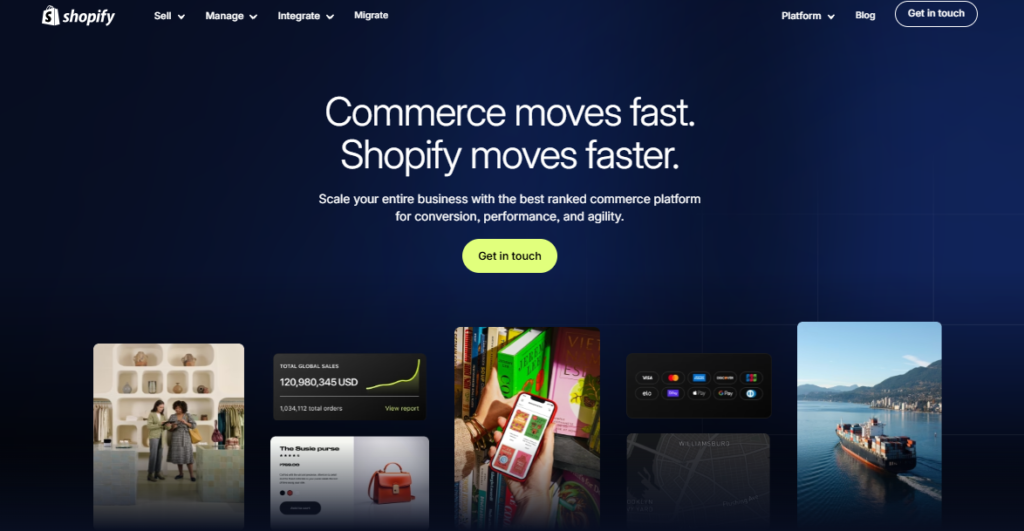
- Adobe Premiere Pro: Create high-quality video campaigns that showcase your product’s craftsmanship.
- Shopify Plus: Perfect for luxury brands to create a premium e-commerce experience.
The Power of Belonging beings are social creatures, and the need to belong is deeply ingrained in our psyche. Luxury brands tap into this by creating exclusive communities.
For example, joining a high-end golf club or owning a rare collector’s item signals that you’re part of an elite group. This sense of belonging can be incredibly powerful, as Rhodes explains: “It’s a signal to other people—‘I’ve got money.’”
How to Foster a Sense of Belonging:
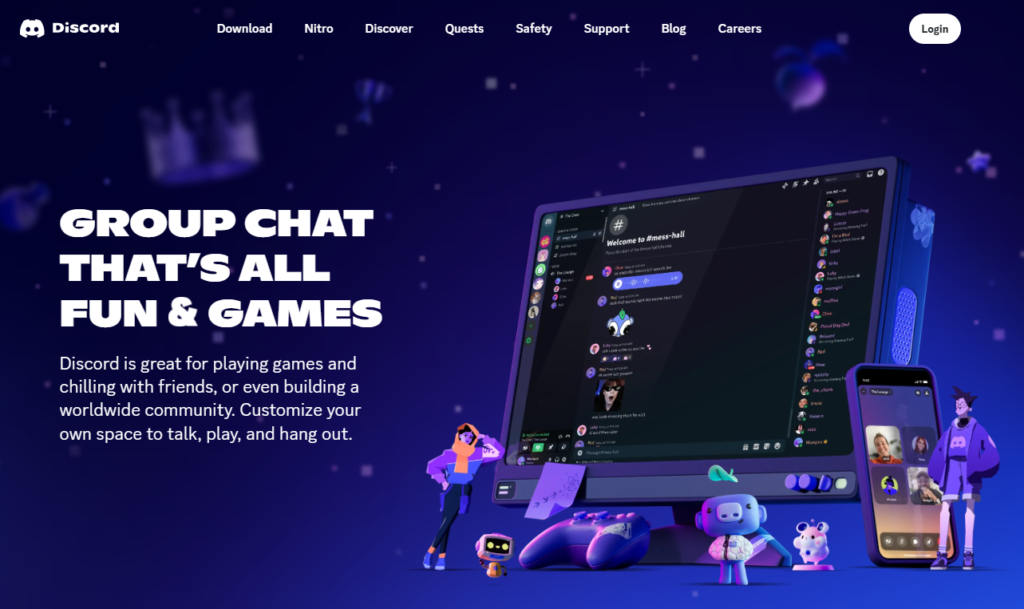
- Membership Programs: Offer exclusive perks to loyal customers. Luxury brands like American Express Platinum Card offer concierge services, VIP events, and more.
- Private Events: Host invitation-only parties, pop-ups, or runway shows for your customers.
- Branded Communities: Use platforms like Slack or Discord to create invite-only groups where customers can interact and share experiences.
Example: Hermès
Hermès is famous for its Birkin bags, which are not available for direct purchase. Buyers must establish a relationship with the brand and join an exclusive “club” to own one. This creates an intense feeling of belonging and exclusivity.
The Collector’s Mindset
Finally, there’s the allure of collecting. Some customers are driven by a desire to own every item in a particular brand’s collection or theme. This mindset is often tied to a sense of accomplishment and identity.
Rhodes shares a fascinating example: “I know a guy who was a Ferrari collector. He had multiple Ferraris, wallets, watches—you name it.” For this buyer, owning Ferrari products wasn’t just a hobby; it was a lifestyle.
Collectors often value:
- Limited Editions: Owning something rare or unique.
- Brand Loyalty: They are deeply invested in the story and identity of the brand.
- Completionism: The drive to own every piece in a collection.
Tips for Building a Collectible Brand:
- Launch limited-edition products to create scarcity.
- Use numbering or certificates of authenticity to enhance perceived value.
- Create product lines that tell a cohesive story, encouraging buyers to “complete the set.”
Example: Nike’s Air Jordans
Nike’s Air Jordan sneakers are a textbook example of leveraging the collector’s mindset. With new, limited-edition releases every year, fans eagerly await the chance to add to their collections.
Actionable Steps for Leveraging Luxury Brand Psychology
The psychology behind luxury purchases may be universal, but how it’s applied needs to align with the unique values and motivations of each demographic. For millennials, luxury is often about more than the product itself—it’s tied to their desire for sustainability and meaningful experiences. They value brands that reflect their ethics, such as eco-friendly practices or fair trade materials.
To appeal to this group, luxury brands should focus on their sustainability efforts, offer immersive experiences, and leverage platforms like Instagram to create aspirational yet relatable content. For example, Louis Vuitton could launch a sustainably crafted collection and invite select customers to private workshops showcasing the production process.
Tools like Instagram Stories or survey platforms, such as SurveyMonkey, can help brands engage with millennials and tailor their strategies to this audience.
When targeting Gen Z, the youngest luxury consumers, individuality and digital presence are critical. This demographic views luxury as a form of self-expression, and they gravitate toward brands that embrace inclusivity and authenticity. Offering personalized products or services, collaborating with influencers, and investing in cutting-edge digital campaigns are key strategies. For instance, Gucci could launch an NFT collection tied to perks like digital fashion pieces for the metaverse or exclusive online events. Platforms like TikTok and Snapchat, along with tools like augmented reality (AR) for virtual try-ons, are essential for connecting with this tech-savvy group.
For boomers, luxury is synonymous with quality, heritage, and exclusivity. This demographic often has more disposable income and values timeless craftsmanship and legacy. To resonate with boomers, brands should highlight the artisanal processes behind their products and emphasize their historical significance. Personalized customer service is also essential, as boomers appreciate one-on-one attention and tailored experiences. Rolex, for example, could host exclusive in-person events to showcase the history and craftsmanship behind their timepieces. Tools like LinkedIn Ads and personalized email campaigns via Mailchimp are excellent for reaching this audience.
When catering to high-net-worth individuals (HNWIs), exclusivity and superior service are paramount. These customers value privacy and bespoke experiences, so luxury brands should offer fully customizable product options and limit access to exclusive collections. HNWIs are often drawn to brands with a strong reputation, so trust and legacy play a significant role in their buying decisions. Hermès, for example, could offer private tours of their workshops to VIP clients, reinforcing the craftsmanship and exclusivity tied to their products. Tools like Salesforce CRM can help manage these valuable relationships, while platforms like Eventbrite Premium can be used to organize high-end events.
For young professionals, luxury represents ambition and upward mobility. These aspirational buyers often seek brands that reflect their success and hard work. Offering “entry-level luxury” products, such as smaller accessories or practical yet high-end items, is a great way to attract this demographic. Campaigns should focus on how these products can complement their professional and personal lives. For instance, Tesla could market its lower-tier electric vehicles as the ideal blend of luxury and practicality for young professionals. Platforms like Google Ads and social media management tools like Hootsuite are effective for reaching this audience.
For collectors, the motivation lies in exclusivity, scarcity, and the desire to complete a set. Collectors are deeply invested in the brands they love, often forming emotional connections with the products they acquire. To appeal to this group, brands can launch limited-edition items, emphasize their rarity, and create narratives around each product. For example, Ferrari could release a limited-edition car model with only 50 units worldwide, accompanied by certificates of authenticity and a personal note from the design team. Tools like Shopify Plus for pre-orders and Canva for creating exclusive marketing materials are perfect for engaging collectors.
Lastly, affluent families prioritize practicality, legacy, and lifestyle-enhancing experiences. These buyers often look for luxury products and services that cater to their family’s needs while maintaining exclusivity. Brands should emphasize how their offerings fit into a family’s daily life or provide multi-generational value. For instance, Ritz-Carlton could market a family package that includes luxury accommodations, childcare services, and exclusive experiences tailored to both parents and children. Tools like HubSpot CRM can help tailor campaigns to meet the needs of affluent families, while platforms like Trello can aid in planning family-focused marketing strategies.
By tailoring your approach to the unique preferences of each demographic, you can create a luxury brand experience that resonates deeply. Whether it’s sustainability for millennials, individuality for Gen Z, or exclusivity for HNWIs, understanding your audience is the foundation of success in the luxury market.
Common Mistakes to Avoid in the Luxury Market
While the luxury market offers immense opportunities, it also comes with unique challenges. Missteps can significantly harm a brand’s reputation and long-term success. Below are some common mistakes that luxury brands should avoid and why they matter.
Overestimating Price
One of the biggest misconceptions about luxury products is that high prices alone define their value. While pricing is important, luxury isn’t just about cost—it’s about perceived value. Customers are willing to pay a premium for items that resonate emotionally, symbolize status, or offer superior quality and craftsmanship. A product with a high price tag but no perceived value will fail to attract discerning buyers.
For example, a poorly designed luxury handbag priced at thousands of dollars won’t sell simply because of its cost. Buyers need to feel that the product justifies its price through factors like design, exclusivity, heritage, or utility. If the perceived value doesn’t align with the price, customers may see the brand as overpriced or inauthentic.
How to Avoid This Mistake:
- Focus on storytelling that emphasizes quality, heritage, and exclusivity.
- Ensure the product’s design, functionality, and craftsmanship justify its price.
- Conduct market research to understand what your target audience values most in a luxury product.
Ignoring Your Brand Story
In the luxury market, products alone are not enough to build loyalty or interest. Customers need a reason to connect with your brand beyond the physical item—it’s the emotional connection and the brand story that make a lasting impact. A weak or nonexistent brand story can leave your audience indifferent, especially when competitors are offering compelling narratives that evoke aspiration, tradition, or innovation.
For instance, think of brands like Chanel or Louis Vuitton. Their histories, missions, and legacies are deeply woven into their marketing, making their products more than just handbags or clothing—they are symbols of timeless elegance and cultural relevance. Ignoring your brand story means losing the opportunity to create a deeper connection with your customers.
How to Avoid This Mistake:
- Develop a clear and consistent brand story that aligns with your target audience’s aspirations.
- Use storytelling across marketing channels to highlight your brand’s history, craftsmanship, and values.
- Incorporate emotional elements, such as customer testimonials or behind-the-scenes content, into campaigns.
Failing to Maintain Exclusivity
Exclusivity is one of the core principles of luxury. Oversaturation, whether through mass production, excessive collaborations, or overexposure in mainstream markets, can dilute the appeal of a luxury brand. If everyone has access to your product, its value as a status symbol diminishes.
For example, luxury brands that over-license their name—placing it on everything from cheap perfumes to mass-market accessories—risk tarnishing their exclusive image. Consider how some brands, like Burberry in the early 2000s, faced backlash for becoming too mainstream. It took years of rebranding to restore their exclusivity.
How to Avoid This Mistake:
- Limit the availability of your products by offering exclusive collections, limited editions, or invite-only purchases.
- Avoid overexposure through mass-market collaborations or licensing agreements that don’t align with your brand’s image.
- Foster exclusivity by creating unique experiences, such as private events or member-only perks.
Neglecting Customer Relationships
Luxury buyers expect exceptional service and personalized attention. Neglecting customer relationships can lead to dissatisfaction, loss of loyalty, and a tarnished reputation—luxury customers are often vocal about their experiences, whether positive or negative. In an era of online reviews and social media, poor service can quickly go viral and damage a brand’s image.
Luxury isn’t just about the product—it’s also about the experience. From the moment a customer interacts with your brand to the post-purchase follow-up, every step of the journey needs to feel premium. Neglecting details like personalized communication, follow-ups, or issue resolution can alienate high-end customers who expect more.
How to Avoid This Mistake:
- Train staff to deliver exceptional service, both online and offline.
- Use customer relationship management (CRM) tools to track customer preferences, purchase history, and interactions.
- Offer personalized experiences, such as custom product recommendations or handwritten thank-you notes.
Frequently Asked Questions
How do luxury brands create exclusivity?
By limiting product availability, offering personalized experiences, and maintaining high standards of quality.
Why do people pay more for luxury items?
They’re buying status, identity, and emotional satisfaction—not just a product.
How can I start a luxury brand?
Focus on quality, exclusivity, and storytelling. Build a strong brand identity and target a niche audience.
What role does psychology play in luxury purchases?
Psychology drives much of the behavior, from dopamine rushes to the need for belonging and status.
Are luxury items worth the price?
This depends on the buyer’s perception of value, which often includes emotional and social factors.
How do luxury brands market their products?
Through storytelling, influencer collaborations, and exclusive events.
What are some examples of successful luxury brands?
Louis Vuitton, Rolex, Ferrari, and Chanel are iconic examples.
How can I attract high-end customers?
Understand their motivations, create exclusivity, and deliver exceptional value.
What’s the difference between luxury and premium brands?
Luxury brands emphasize exclusivity and status, while premium brands focus on superior quality at a higher price point.
Can anyone enter the luxury market?
Yes, with the right strategies and a deep understanding of your target audience.
Elevate Your Understanding of Luxury
Luxury brands thrive on emotions, perceptions, and the psychology of exclusivity. Whether it’s the dopamine rush from a high-end purchase, the desire to flaunt status, or the collector’s mindset, the motivations for buying luxury go far beyond the functional value of a product.
As John S. Rhodes aptly said, “Perception beats reality when it comes to luxury goods.” This statement serves as a reminder that luxury is about storytelling, experiences, and the feelings tied to a brand—not just the products themselves.
If you’re entering the luxury market, focus on understanding your audience’s aspirations. Use the actionable steps outlined above to create emotional connections, foster exclusivity, and deliver exceptional value. Avoid the common pitfalls of overemphasizing price or neglecting your brand story. Instead, leverage psychology and sociology to position your brand at the top of the market.
Take your first step today: start building your unique brand story, offering exclusive experiences, or simply analyzing what motivates your target audience. And remember, luxury isn’t just about spending more—it’s about creating something worth spending more on.
Thank you for reading! For more insights and actionable strategies, subscribe to the Rhodes Brothers YouTube Channel by clicking here. Their videos dive deeper into strategies for building wealth, creating value, and mastering markets—don’t miss out!
Resource List
Books
- Deluxe: How Luxury Lost Its Luster by Dana Thomas
- The Luxury Strategy: Break the Rules of Marketing to Build Luxury Brands by Jean-Noël Kapferer and Vincent Bastien
- Overdressed: The Shockingly High Cost of Cheap Fashion by Elizabeth L. Cline
- Luxury World: The Past, Present, and Future of Luxury Brands by Mark Tungate
Podcasts
- The Business of Fashion Podcast
- Luxury Voices
- How I Built This with Guy Raz (episodes featuring luxury brand founders)
Courses
- Luxury Brand Management on Coursera (offered by HEC Paris)
- Building a Luxury Brand on Udemy
Tools for Marketing and Analysis
- Google Trends: Analyze search behavior for luxury-related keywords.
- Klaviyo: Build email campaigns for exclusive product launches.
- Shopify Plus: Perfect for creating VIP segments for luxury customers.
- Canva: Design stunning visuals to elevate your luxury campaigns.
- Eventbrite: Organize exclusive events for high-end clients.
Luxury Brand Case Studies
- Louis Vuitton: Explore how they balance tradition with innovation.
- Rolex: Learn how they’ve perfected their storytelling and exclusivity.
- Tesla: Analyze how they’ve created a luxury lifestyle brand in the automotive industry.
Communities and Networks
- LinkedIn Groups: Join communities focused on luxury marketing.
- Slack Channels: Create or join groups for collaboration and networking in the luxury niche.
Inspirational Websites
- The Business of Fashion: Stay updated on luxury trends.
- Luxury Society: A hub for professionals in the luxury industry.
Apps for Building Exclusivity
- WhatsApp Business: Offer personalized communication with VIP customers.
- Instagram Business Tools: Use stories and reels to showcase luxury products.




